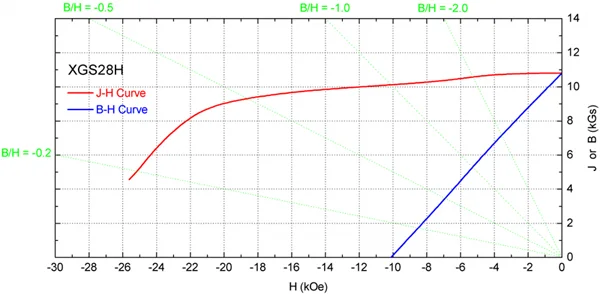Permanent magnets are widely applied in various motors, sensors/instruments and electronics, their temperatures almost vary more or less during work. These temperature variations are resulted from eddy current effect and/or ambient temperature variation. Due to thermal fluctuation and magnetic domain evolution, a permanent magnet loses some or all magnetic flux when its temperature elevates. Here comes a question, how high temperature can a permanent magnet withstand to work? For a commercial permanent magnet, the upper temperature limit is called maximum… Read More
Continue Reading

